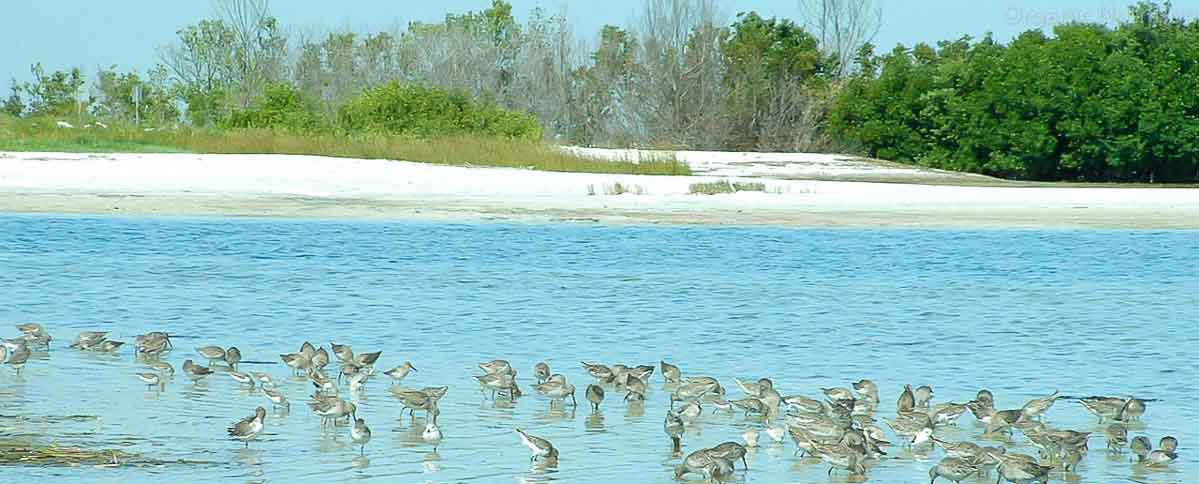Foods High in Protein and their Importance
Below there is a short list of some foods that are high in protein. To help you understand why this is improtant, here we explain what protein are and how they differ from carbohydrates.
How Do Proteins Differ from Carbs?
Proteins often create longer energy boosts than carbohydrates. Carbohydrate cravings are quite usual and you may find that your carbohydrate craving is actually a protein craving.
When our blood sugar levels increase, we do not feel the need to eat so much. Some refined carbs and sugars can increase our blood sugar levels rapidly and then just as rapidly, crash the down again. And as the blood sugar levels come down, our cravings for more food tend to increase.
Protein may help to reduce these cravings as it takes longer to digest and maintains a higher level of blood sugar during its digestion than refined carbs.
Low-fat protein snacks such as low or no-fat yoghurts or low fat cottage cheese on a rice-cracker, provide easily digestible forms of protein with little or no sugar.
If one is using or burning up lots of energy, then a high carb diet is beneficial. But the weight tends to pile on if one is eating a high carb diet and not doing any exercise.

What is Protein ?
Proteins support the growth, repair and healthy functioning of all living cells. The word protein comes from the Greek word “protos”, meaning first element.
Basically, proteins are the building blocks for all living cells and have vital roles within the body.
Proteins help :
- Control blood sugar levels.
- Assist in the digestion of foods.
- Fight infection.
- Muscles to contract.
- Blood to clot.
- Make vital hormones.
- Repair cells and grow new ones when there has been physical shock or injury such as after operations or accidents.
- Make up skin, hair, muscles, nails, bones, teeth and cell walls.
- To provide energy.
- To convert food into energy in the body in the form of enzymes. Enzymes are made of protein.
- Nerve transmission.
Many of the body’s vital processes are bought about because of proteins. For example, blood cannot clot without protein. Some of the body’s vital hormones such as estrogen and progesterone are made of protein. After water, proteins are the second most abundant substance in the human body, making up 80% of the body’s dry mass. Protein substances make up: muscles, tendons, glands, organs, nails, hair and are found in nearly all the cells in our body.
Amino Acids
There are considered to be about 20 different types of proteins that our bodies need. Amino acids are basically the chains of molecules that make up proteins. Each different type of protein is made up of a different chain of amino acids. Amino acid chains include the following elements: carbon, hydrogen, oxygen, nitrogen and sometimes sulphur and phosphorus. Amino acids, as the component chains of proteins, are therefore essential for maintaining healthy cells.
Proteins can be very large in size and can be made up of hundreds to thousands of amino acids. Some proteins are in found in blood and other bodily fluids and some are in solid form such as tissue, hair, bone and nails.
Protein in our Diets
Protein plays an important part in the change of life as hormones are actually made of proteins. Nearly all the physical processes in our bodies use proteins; from digestion, to blood clotting, from fighting bacteria to muscle use, from healthy nerve transmission to maintaining a healthy immune & circulation system.
Essential and Non-Essential Proteins
There are 20 different types of protein that our body needs to maintain health.
These can be divided into two groups:
8 essential proteins and
12 non-essential proteins
Essential Proteins
Essential proteins are needed for health but cannot be made in the body, making it essential to include them in one’s diet. There are 8 proteins that we need to take in through the food we eat to maintain a healthy balance of proteins.
Certain foods give us all 8 proteins that we need and these are called complete proteins.

High Protein Foods
- Animal foods such as meat
- Fish
- Poultry
- Eggs
- Milk
- Yoghurt
- Cheese
Incidentally, soybeans are the only plant protein considered to be a complete protein, that is they contain all the essential proteins. But perhaps surprisingly, some people find it hard to absorb nutrients from soy beans.
Plant proteins can be combined to provide all of the essential amino acids and form a complete protein. Examples of combined, complete plant proteins are rice and beans, wheat cereal, and corn and beans.
Some food sources contain some of the proteins we need but not all of them and these include:
- Grains
- Beans
- Nuts
- Seeds
- Peas
Non-Essential Proteins
There are at least 12 proteins which are classified as non-essential in that the body can make them itself.
Proteins are broken down during digestion which are then absorbed and used to make new proteins in the body. Generally the body uses carbohydrate and fat for energy but when there is excess dietary protein or inadequate dietary fat and carbohydrate, protein is used. Excess protein may also be converted to fat and stored.

